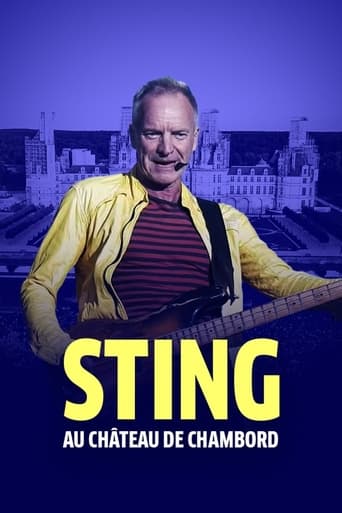
16 Nov 2022

Sting : My Songs au château de Chambord
No overview found
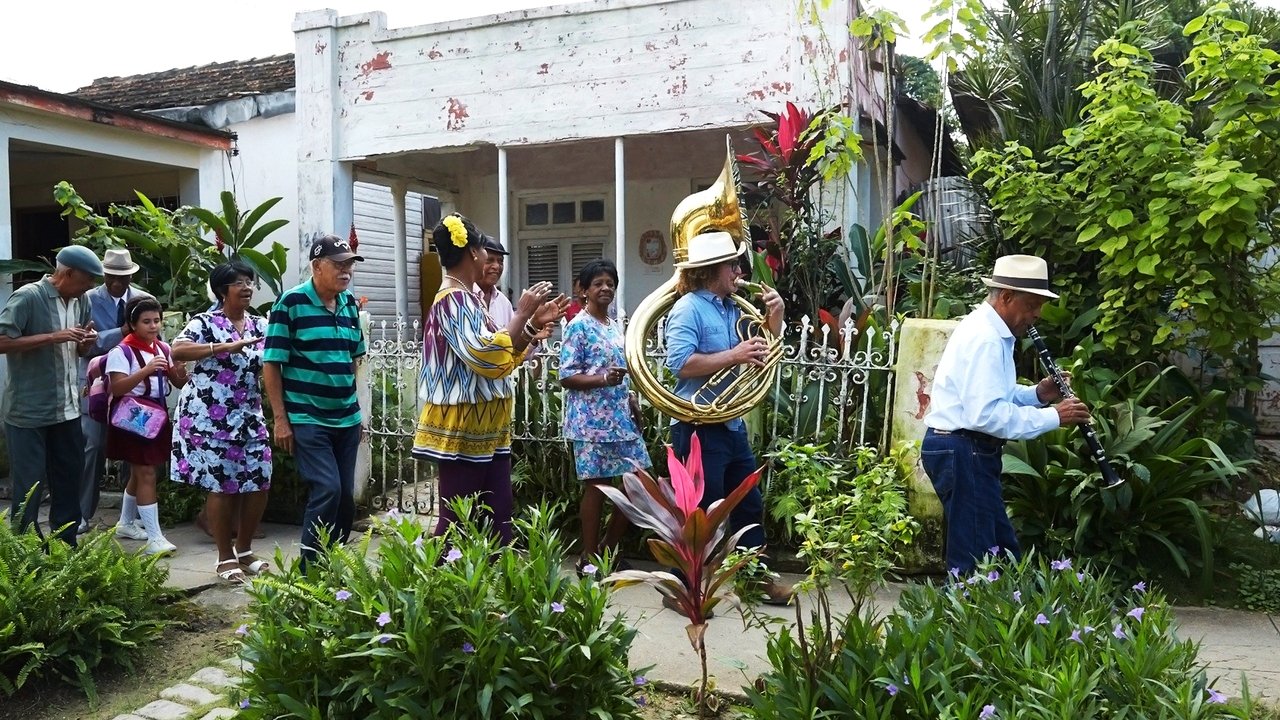
A son seeking to fulfill his late father’s dream takes his band from the storied city of New Orleans to the shores of Cuba, where — through the universal language of music — dark and ancient connections between their peoples reveal the roots of jazz.
Himself
Himself
Himself
Himself
Himself
Himself
Himself
Himself

16 Nov 2022

No overview found

01 Jan 2009

The feature-length documentary, TOOTIE’S LAST SUIT explores the complex relationships, rituals, history, and music of New Orleans’ vibrant Mardi Gras Indian culture while telling the story of Allison “Tootie” Montana, former Chief of Yellow Pocahontas Hunters. Celebrated throughout the New Orleans as “the prettiest,” for the beauty and inventiveness of his elaborately beaded Mardi Gras costumes, Tootie Montana masked for 52 years, longer than any other Mardi Gras Indian. Yet Tootie Montana’s contributions to Mardi Gras Indian culture far exceed his artistic innovations and dedication. Through the example of his own achievement, he came to be revered for turning Mardi Gras Indians away from gang-style violence toward artistic accomplishment and competition. In the aftermath of Katrina, TOOTIE’S LAST SUIT bears witness to the Mardi Gras Indians who, in picking up the threads of their torn lives and tradition, are the spiritual healers of New Orleans.

14 Jun 2013

On the eve of graduation, a high school student finds herself dealing with both college applications and an unfaithful boyfriend.
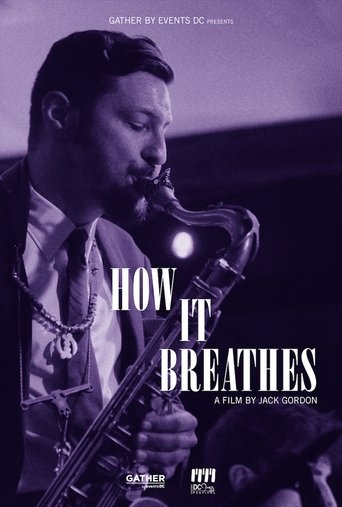
24 Mar 2024

Elijah Jamal Balbed grew up in Washington DC in the midst of one of its most difficult eras, as its identity was being tested. As the city changed around him, his budding career as a musician exposed him to the people and music providing a voice and an outlet to the people of DC. Now tasked with preserving and sharing that tradition, Balbed reflects on balancing that responsibility with creating a musical identity of his own.
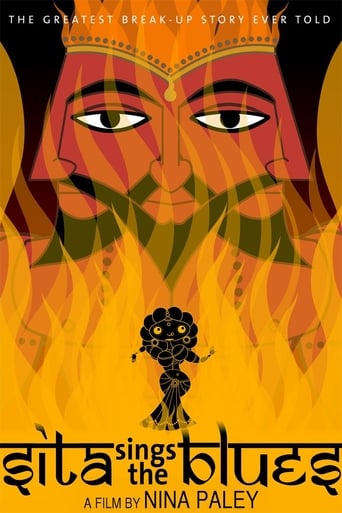
11 Feb 2008

Utilizing the 1920s jazz vocals of Annette Hanshaw, the epic Indian tale of exiled prince Ramayana and his bride Sita is mirrored by a spurned woman's contemporary personal life, and light-hearted but knowledgeable discussion of historical background by a trio of Indian shadow puppets.
27 Jun 1956
A look at the history of jazz, which has its origins in the music of Africans enslaved to North America 300 years ago.

23 Nov 2004

track list: 1.Sometimes I Just Freak Out 2.All Or Nothing At All 3.Stop This World 4.The Girl In The Other Room 5.Abandoned Masquerade 6.I'm Coming Through 7.Temptation 8.East Of The Sun (And West Of The Moon) 9.Devil May Care 10.Black Crow 11.Narrow Daylight 12.Love Me Like A Man 13.Departure Bay 14.Narrow Daylight
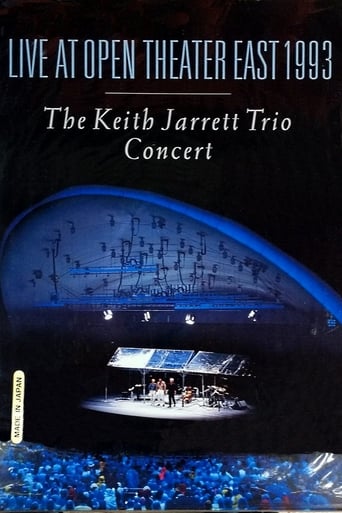
01 Jan 1993

Recorded live at Open Theater East, Tokyo, Japan on July 25, 1993. Keith Jarrett piano - Gary Peacock bass - Jack De Johnette drums /// 1. In Your Own Sweet Way 2. Butch And Butch 3. Basin Street Blues 4. Solar 5. Ex-tension 6. If I Were A Bell 7. I Fall In Love Too Easily 8. Oleo 9. Bye Bye Blackbird 10. The Cure 11. I Thought About You
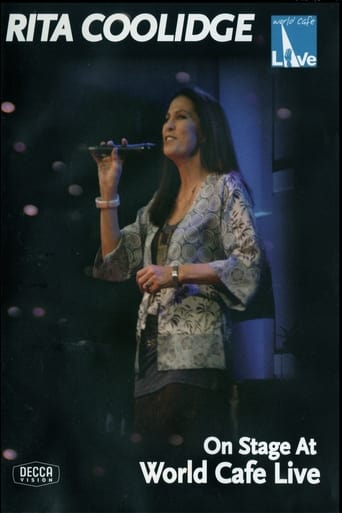
05 Jun 2007

No overview found
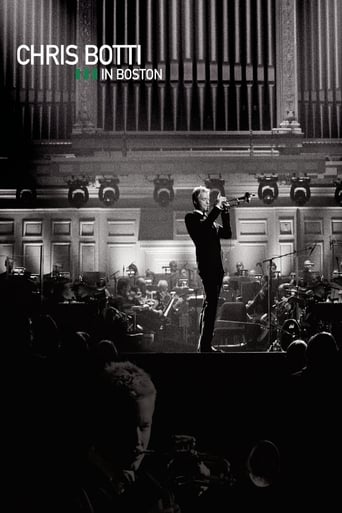
31 Mar 2009

Chart-topping jazz trumpeter Chris Botti and special guests performed two star-studded concerts at the historic Boston Symphony Hall with Keith Lockhart and the Boston Pops on September 18 and 19, 2008. Special guests include Josh Groban, Yo-Yo Me, John Mayer, Katharine McPhee, Lucia Micarelli, Sting and Steven Tyler.
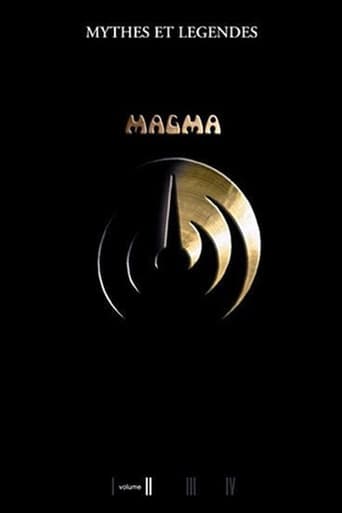
01 Oct 2006

No overview found

04 Jan 1954

A vibrant tribute to one of America's legendary bandleaders, charting Glenn Miller's rise from obscurity and poverty to fame and wealth in the early 1940s.
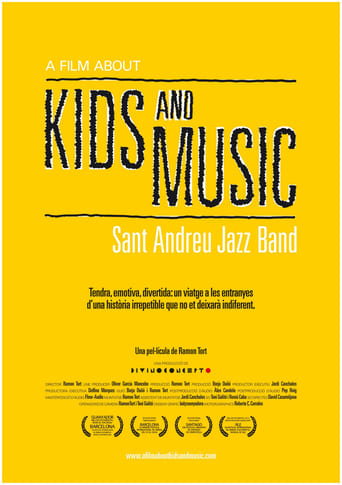
15 Feb 2013

A Film About Kids and Music is a project arising from a music class. Conducted by Joan Chamorro, the big band brings together children between 6 and 18 years old, around a classic jazz repertoire with lots of swing, which gained the public’s attention and sold-out some of the most important music auditoriums in Spain.
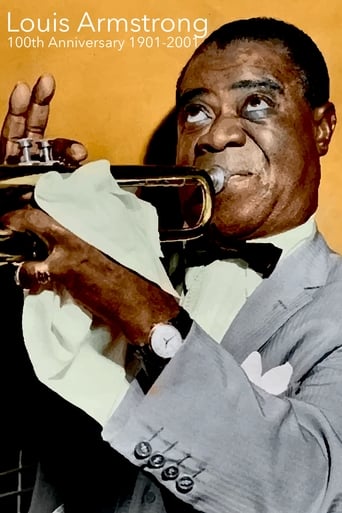
04 Aug 2001

A documentary featuring archive footage to celebrate the 100th birth of jazz legend Louis Armstrong.
A touching documentary about a city that has lost hope, and about one man's fight to bring it back.
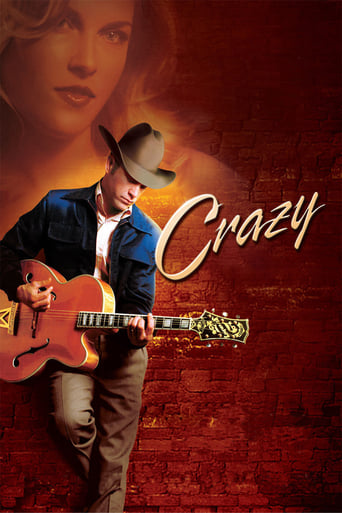
02 Mar 2008

Crazy is the story of a legendary guitar player who emerged from Nashville in the 1950s. Blessed with incomparable, natural talent, Hank Garland quickly established his reputation as the finest sessions player in Nashville.
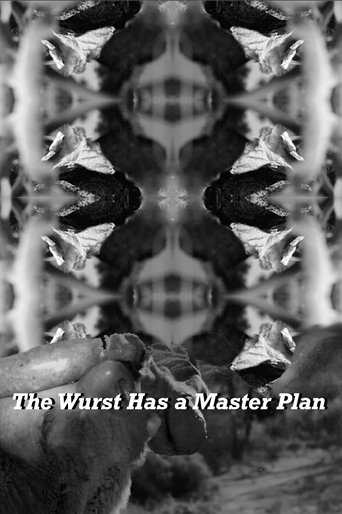
16 Jan 2025

A rain parade of sausages meets camels and kings in the 32 minute experimental syncing of Pharaoh Sanders' "The Creator has a master plan"
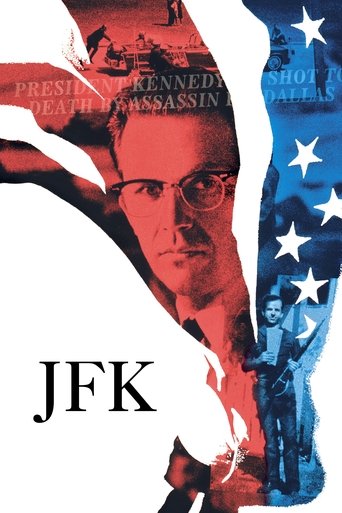
20 Dec 1991

Follows the investigation into the assassination of President John F. Kennedy led by New Orleans district attorney Jim Garrison.

18 Dec 1985

An epic tale spanning forty years in the life of Celie, an African-American woman living in the South who survives incredible abuse and bigotry. After Celie's abusive father marries her off to the equally debasing 'Mister' Albert Johnson, things go from bad to worse, leaving Celie to find companionship anywhere she can. She perseveres, holding on to her dream of one day being reunited with her sister in Africa.
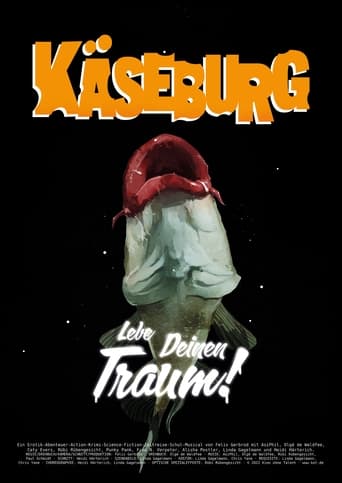
24 Sep 2022

No overview found